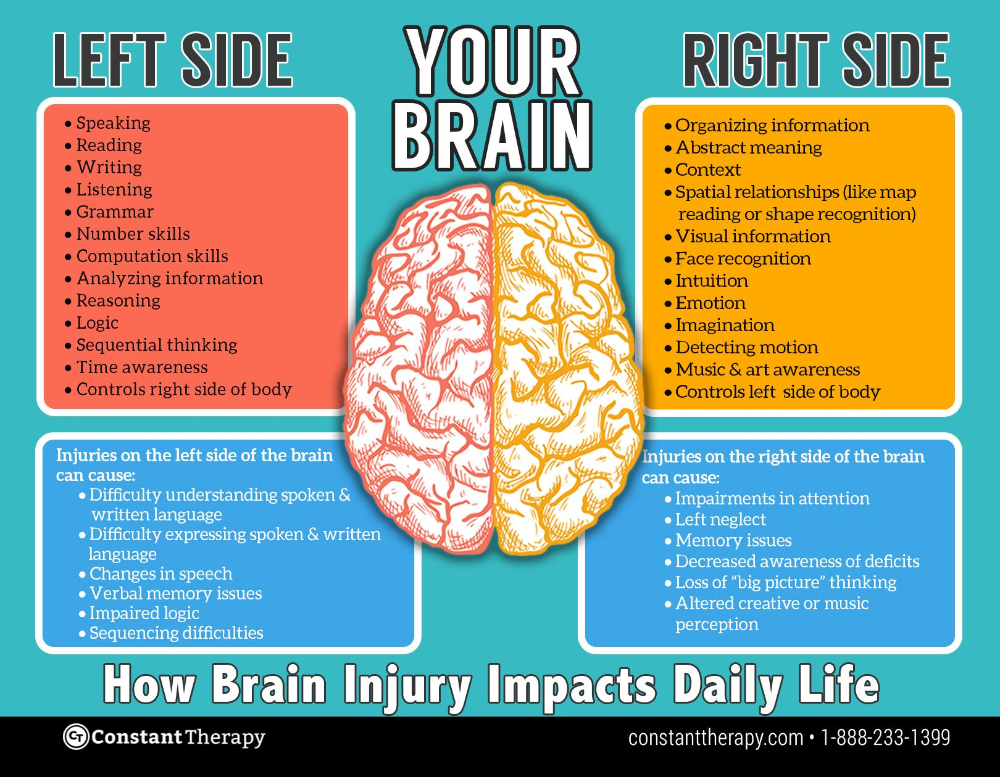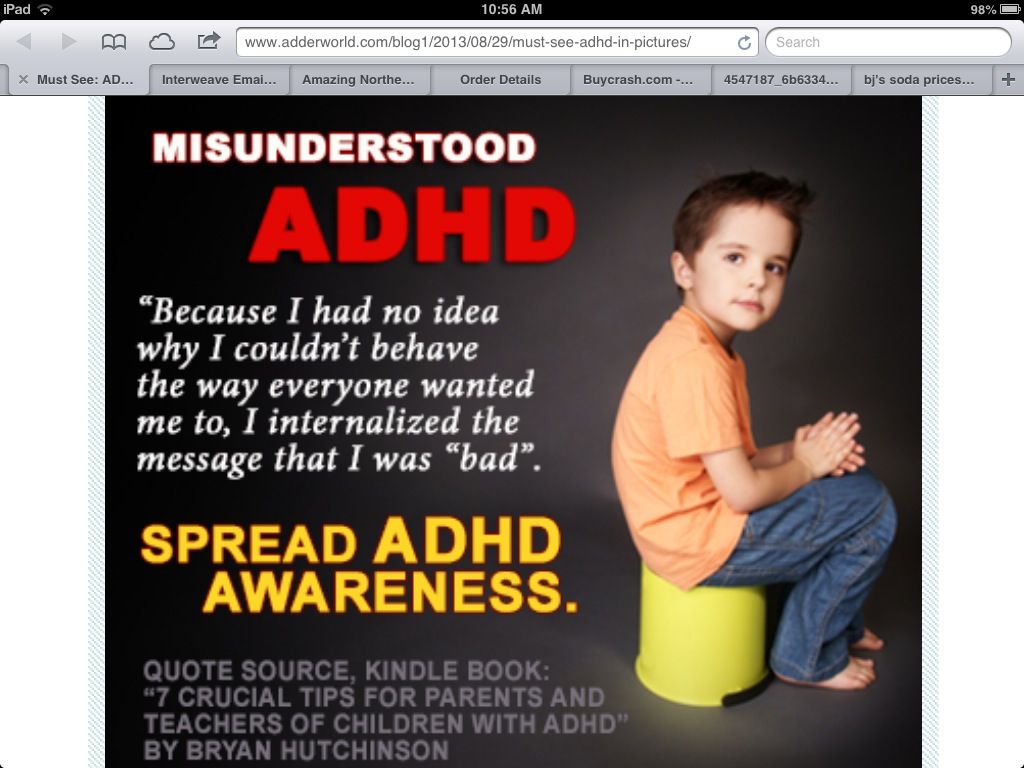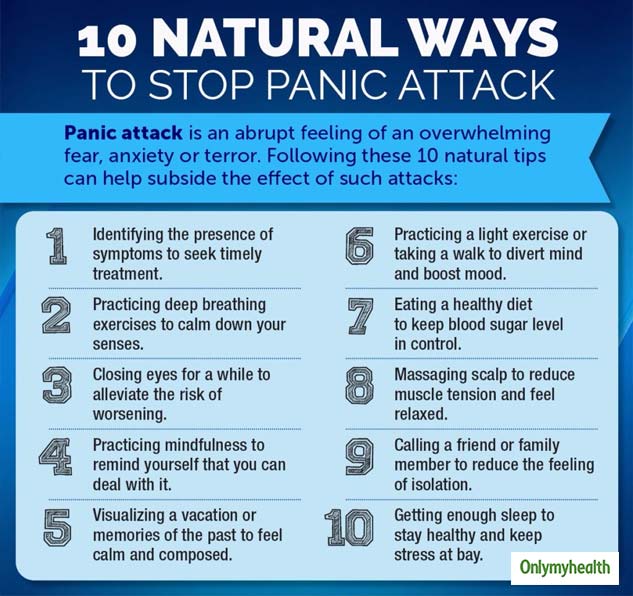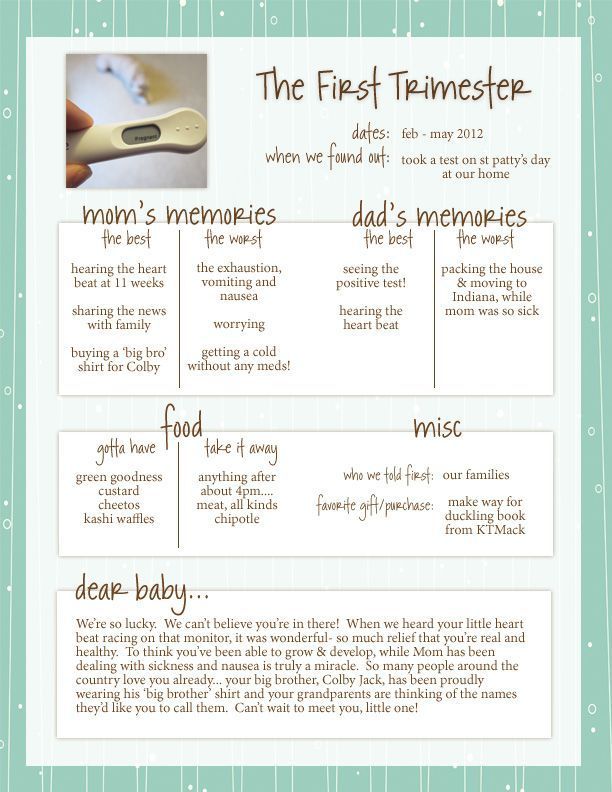Is the brain fully developed at birth
Early childhood brain development has lifelong impact
Periodically, we’ll be featuring content from our partners at First Things First, an organization created by Arizona voters that partners with families and communities to help our state’s young children be ready for success in kindergarten and beyond.
From birth to age five, a child’s brain develops more rapidly than at any other time in life. And research has shown that a child’s experiences in these early years — positive or negative, nurtured or neglected — directly affect how the brain develops, with long-term impact on the child’s health and ability to learn and succeed in school and life.
90 Percent of a Child’s Brain Develops by Age 5
The human brain — the command center of the entire body — is not fully developed at birth. A newborn’s brain is about a quarter of the size of the average adult brain. Incredibly, it doubles in size in the first year and keeps growing to about 80 percent of adult size by age three and 90 percent — nearly full grown — by age five.
A newborn has all of the brain cells (neurons) they’ll have for the rest of their life, but what really makes the brain work are the connections (synapses) between those cells. In early childhood, these connections are made at an amazing rate — at least one million new neural connections every second, far more than at any other time in life.
How Brains Are Built
Starting from birth, these brain connections are formed through a child’s everyday experiences with their parents and adult caregivers. The amount and quality of care, stimulation and interaction they receive in early childhood determines which brain connections develop and last for a lifetime.
Young children serve up invitations to engage with their parents and other adult caregivers in their lives. Babies do it by cooing and smiling and crying; toddlers are able to communicate their needs and interests more directly. Each of these little invitations is an opportunity for the caregiver to either be responsive or unresponsive to the child’s needs. This serve-and-return process is fundamental to the wiring of the brain. Loving relationships with caregivers who consistently give attention, respond and interact with their child are essential to a child’s healthy development. These relationships begin at home, with parents and family, but also include child care providers, teachers and other members of the community.
This serve-and-return process is fundamental to the wiring of the brain. Loving relationships with caregivers who consistently give attention, respond and interact with their child are essential to a child’s healthy development. These relationships begin at home, with parents and family, but also include child care providers, teachers and other members of the community.
After the first three years, the brain begins to fine-tune itself. Connections that are used more often become stronger, while those that are not used are eventually eliminated. This is a normal process, (called pruning), that makes the brain more efficient. Building brain connections is like building muscles: use it or lose it.
Long-Term Impact
Studies have shown that babies and young children who grow up in safe, stable and nurturing environments, with lots of positive interaction with parents and caring adults, will go on to be healthier and more successful in school and in life. Unfortunately, the opposite is true as well.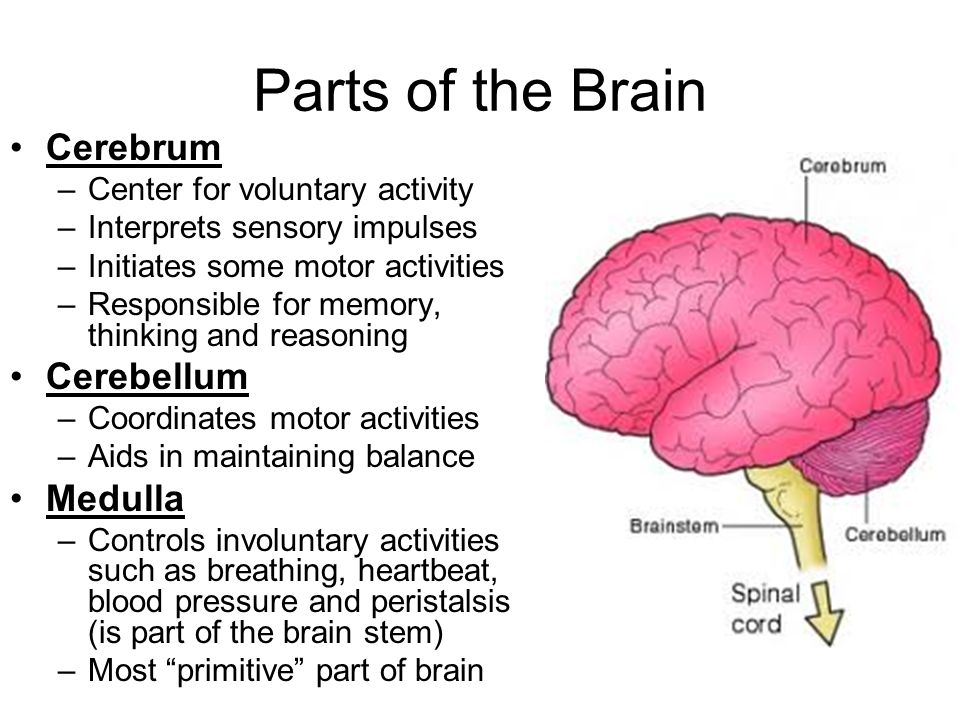 Young children who are deprived of caring interaction do not develop as many positive brain connections. Hunger, neglect and exposure to family violence are all factors that can negatively impact a child’s early development and, subsequently, their future.
Young children who are deprived of caring interaction do not develop as many positive brain connections. Hunger, neglect and exposure to family violence are all factors that can negatively impact a child’s early development and, subsequently, their future.
That’s why it’s so important to support the healthy development of young children. Because the seeds of a healthy, successful life are planted in the early years.
About First Things First
Arizonans created First Things First to support the health, development and early education of our state’s youngest children. First Things First partners with Arizona families and communities to help kids have the positive experiences they need to arrive at school ready to succeed. We do this through quality early care and education programs, preventive health efforts, and supporting parents in their role as their child’s first teachers.
More
Find information and resources for parents of young children
Follow First Things First on Facebook
Find our archive of First Things First posts here
STAY in touch
with azpbs.
 org!
org!Subscribe to Arizona PBS Newsletters:
LATEST CONTENT
MORE EPISODES ¬April 13
April 13
April 13
April 13
April 13
April 13
April 13
April 13
April 13
April 13
April 13
April 13
April 12
April 12
Brain Development - First Things First
From birth to age 5, a child’s brain develops more than at any other time in life. And early brain development has a lasting impact on a child’s ability to learn and succeed in school and life. The quality of a child’s experiences in the first few years of life – positive or negative – helps shape how their brain develops.
Watch our video on early childhood brain development:
90% of Brain Growth Happens Before Kindergarten
At birth, the average baby’s brain is about a quarter of the size of the average adult brain. Incredibly, it doubles in size in the first year. It keeps growing to about 80% of adult size by age 3 and 90% – nearly full grown – by age 5.
The brain is the command center of the human body. A newborn baby has all of the brain cells (neurons) they’ll have for the rest of their life, but it’s the connections between these cells that really make the brain work. Brain connections enable us to move, think, communicate and do just about everything. The early childhood years are crucial for making these connections. At least one million new neural connections (synapses) are made every second, more than at any other time in life.
Different areas of the brain are responsible for different abilities, like movement, language and emotion, and develop at different rates.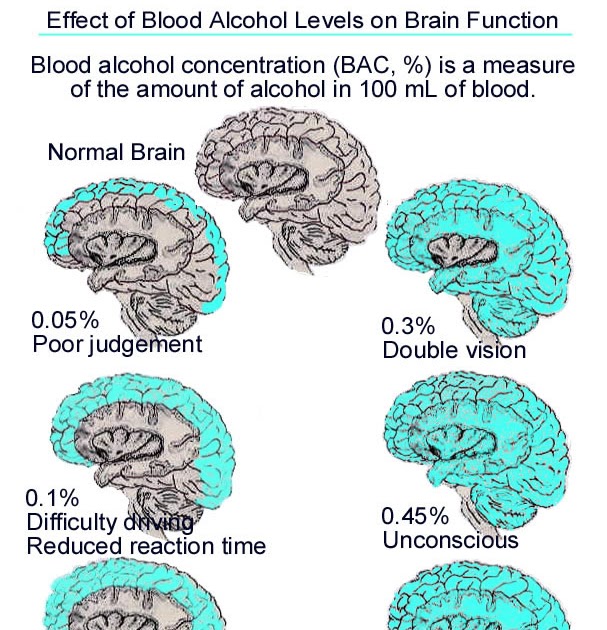 Brain development builds on itself, as connections eventually link with each other in more complex ways. This enables the child to move and speak and think in more complex ways.
Brain development builds on itself, as connections eventually link with each other in more complex ways. This enables the child to move and speak and think in more complex ways.
The early years are the best opportunity for a child’s brain to develop the connections they need to be healthy, capable, successful adults. The connections needed for many important, higher-level abilities like motivation, self-regulation, problem solving and communication are formed in these early years – or not formed. It’s much harder for these essential brain connections to be formed later in life.
How Brain Connections Are Built
Starting from birth, children develop brain connections through their everyday experiences. They’re built through positive interactions with their parents and caregivers and by using their senses to interact with the world. A young child’s daily experiences determine which brain connections develop and which will last for a lifetime. The amount and quality of care, stimulation and interaction they receive in their early years makes all the difference.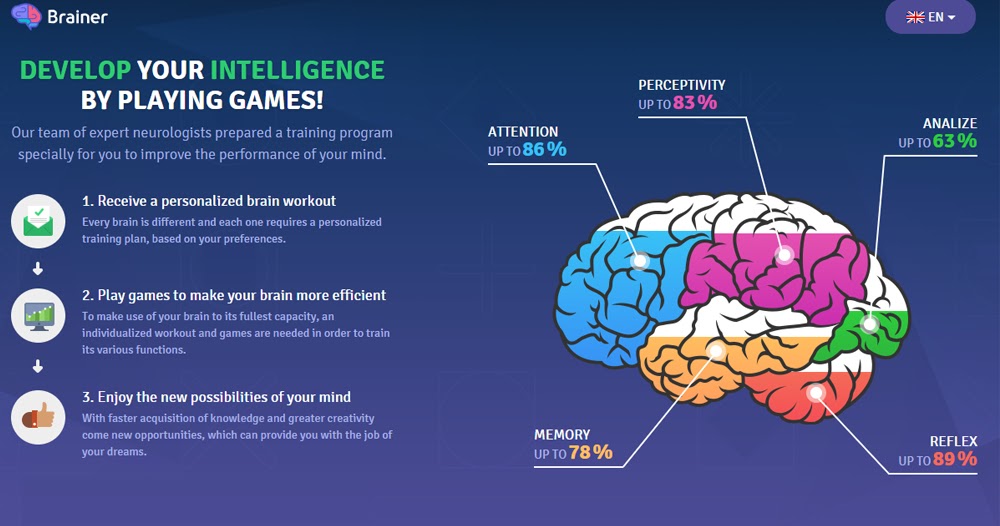
Caring, Responsive Relationships
A child’s relationships with the adults in their life are the most important influences on their brain development. Loving relationships with responsive, dependable adults are essential to a child’s healthy development. These relationships begin at home, with parents and family, but also include child care providers, teachers and other members of the community.
From birth, young children serve up invitations to engage with their parents and other adult caregivers. Babies do it by cooing and smiling and crying. Toddlers communicate their needs and interests more directly. Each of these little invitations is an opportunity for the caregiver to be responsive to the child’s needs. This “serve and return” process is fundamental to the wiring of the brain. Parents and caregivers who give attention, respond and interact with their child are literally building the child’s brain. That’s why it’s so important to talk, sing, read and play with young children from the day they’re born, to give them opportunities to explore their physical world, and to provide safe, stable and nurturing environments.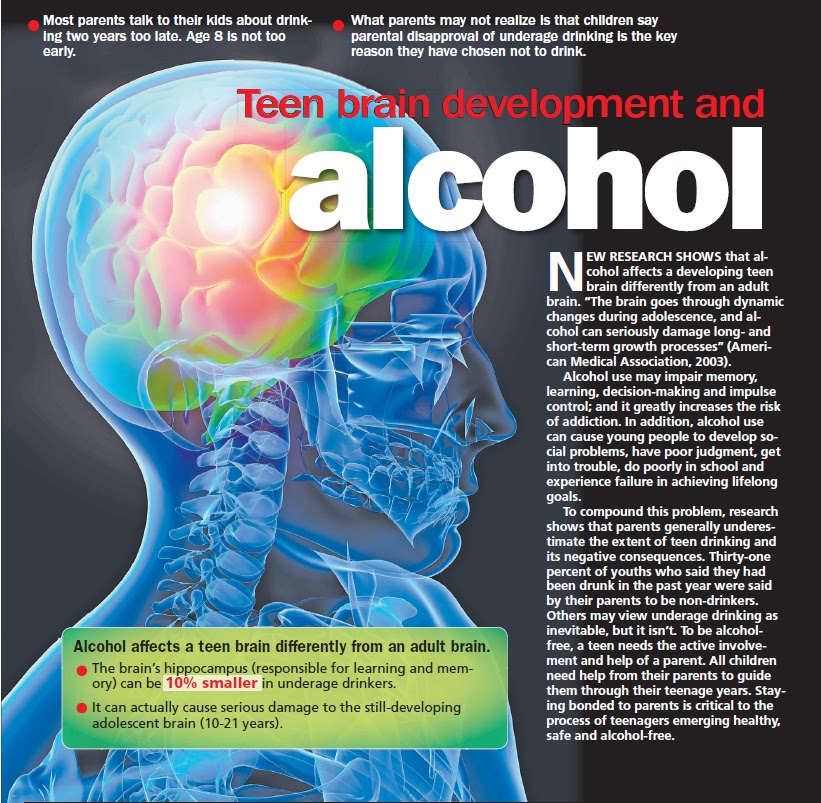
Adverse Childhood Experiences
Children who experience more positive interactions in their early years go on to be healthier and more successful in school and in life. Unfortunately, the opposite is true as well. Poverty, exposure to family violence and lack of access to quality early learning experiences can negatively impact a child’s early brain development and their long-term success.
More About Brain Development
- Center on the Developing Child, Harvard University
- “Baby Brain Map” – ZERO TO THREE
- “The Importance of Everyday Interactions for Early Brain Development”
- “Building Lifelong Health by Protecting Young Brains” – American Academy of Pediatrics
Early Literacy
The skills needed to be a good reader, like language and vocabulary, start developing from birth.
LEARN MORE
Development of a child's brain from birth to age 3
The prenatal period accounts for 70% of a child's brain development, 15% during infancy, and another 15% during the preschool years.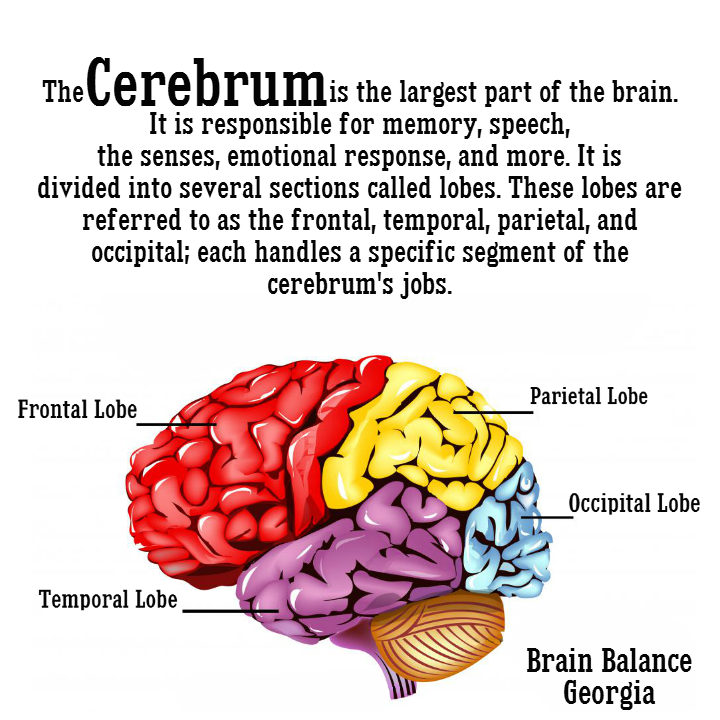 Until the baby is born, as well as in the first months after birth, that is, during the breastfeeding period, its development and health are almost completely dependent on the mother's nutrition. Therefore, it is extremely important that you carefully monitor your diet and remember a number of nutrients that are especially important for the development of a child’s brain.
Until the baby is born, as well as in the first months after birth, that is, during the breastfeeding period, its development and health are almost completely dependent on the mother's nutrition. Therefore, it is extremely important that you carefully monitor your diet and remember a number of nutrients that are especially important for the development of a child’s brain.
Important!
In the first year of life, your baby literally grows by leaps and bounds. In a year, his height doubles and his weight triples! But even more incredible speed of development at this time reaches his brain.
The medulla is laid in the fetal cranium already in the first weeks of intrauterine development of the baby. At the tenth week of pregnancy, the baby's brain is divided into three parts. In a child who was born, the brain is almost no different from the brain of an adult. By twelve months, the final formation of the brain structure is completed. The number of neurons remains approximately at the same level until the end of life. And from birth, a lot of reflexes and skills are embedded in the brain: breathing, sucking, grasping...
And from birth, a lot of reflexes and skills are embedded in the brain: breathing, sucking, grasping...
From birth, the neurons of the brain exist for the most part independently of each other. The task of the brain during the first 3 years is to establish and strengthen the connections between them. At this time, the cells of the child's brain create 2 million new connections - synapses - per second! As the child develops, the synapses become more complex: they grow like a tree with many branches and twigs.
The period from birth to three years is the time of the highest brain activity. By the age of three, a child's brain is already 80% the size of an adult's brain. The increase in brain volume occurs due to special glial cells: they are necessary for the existence of neurons. Starting from the age of three, a sharp slowdown in the rate of brain development begins, and after six years it almost completely slows down and the formation ends. The abilities of the brain of a six-year-old child practically coincide with those of an adult!
For the harmonious development of the baby's brain, an environment full of positive emotions and new impressions is needed.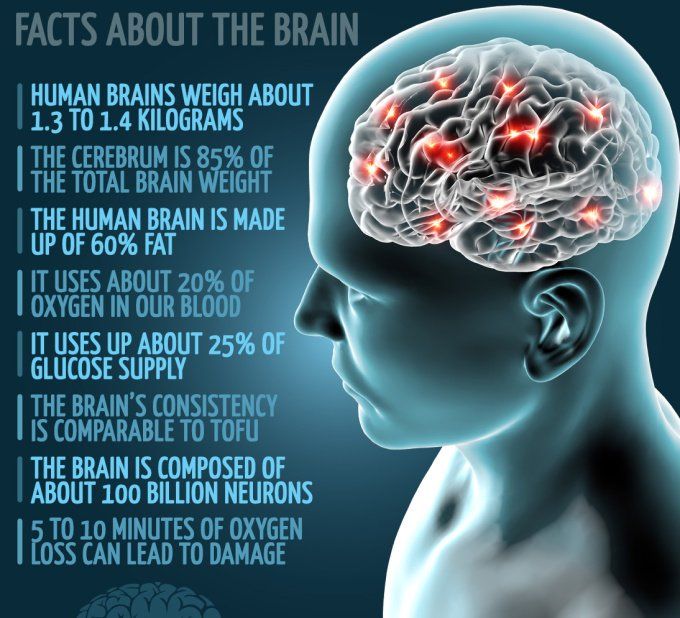 Such an environment will make the brain work more actively, stimulate its development. It is in the first three years that the future foundations of health, thinking, various skills, and adaptability to life are laid in the baby. Therefore, it is very important in these first three years to help the formation of the brain. The child should be surrounded by images, sounds, touches, smells. All these are stimuli that are perceived by the brain and help it form faster.
Such an environment will make the brain work more actively, stimulate its development. It is in the first three years that the future foundations of health, thinking, various skills, and adaptability to life are laid in the baby. Therefore, it is very important in these first three years to help the formation of the brain. The child should be surrounded by images, sounds, touches, smells. All these are stimuli that are perceived by the brain and help it form faster.
Adherents of the ideas of "early development" - the intensive development of a child's abilities at an early age (from 0 to 3 years) - pay special attention to this. In their opinion, it is necessary to introduce the baby to various activities as early as possible: develop his speech, draw, sculpt, play musical instruments, etc.
Equally important is the baby's nutrition. Of particular importance in the development and proper functioning of the baby's nervous system are long-chain polyunsaturated fatty acids.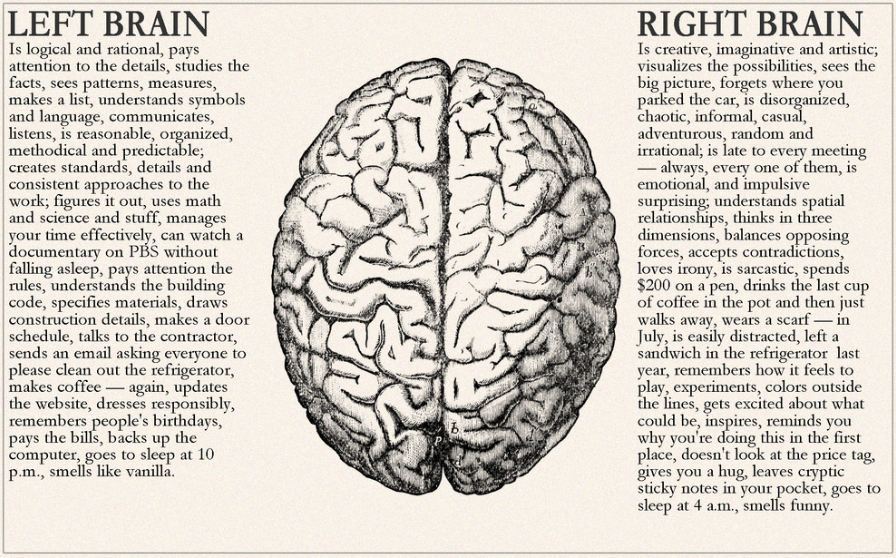 These include docosahexaenoic and arachidonic acids (DHA and ARA).
These include docosahexaenoic and arachidonic acids (DHA and ARA).
The "future genius" daily diet should include DHA and APA of breast milk or baby milk in case of supplementary feeding. Breast milk does not have an exact ratio of these fats, as their presence is highly dependent on the diet of the nursing mother and how much she consumes foods containing them. So, for example, the milk of Japanese mothers has a very high amount of DHA due to the high consumption of seafood, while the concentration of DHA in the milk of American mothers is very low. Also, sources of DHA in the mother's diet can be, for example, seafood, various vegetable oils, walnuts.
Development of thinking abilities | Multnomah County Library
Books, kids and the brain! Wow!
Babies learn from birth. The science of brain development tells us that the first three years of life are very important for the formation of the brain of a small child.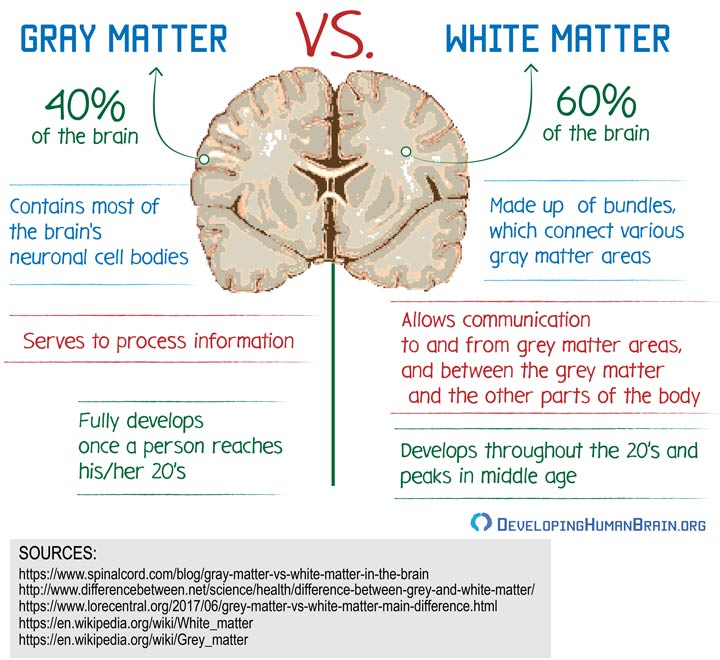 During the first year of life, brain size more than doubles. At age three, a child's brain is twice as active as an adult's. During this time, the brain prepares the foundation for a lifetime of learning and future academic success.
During the first year of life, brain size more than doubles. At age three, a child's brain is twice as active as an adult's. During this time, the brain prepares the foundation for a lifetime of learning and future academic success.
Parents, grandparents and caregivers play an important role. They can have a huge impact at this early stage of brain development. Newborns and young children learn best through warm and sensitive parenting. When you hold a small child in your arms, talk to him or read to him, connections are formed in his brain. The brain of a healthy child will eventually form trillions of such connections! Scientists also tell us that stimulating the brain of a newborn or young child can be done through simple actions: singing simple songs, talking and the colors and textures they see in the grocery store, reading daily while the child is sitting in your arms. Simple steps with amazing results.
A new vision of child brain development.
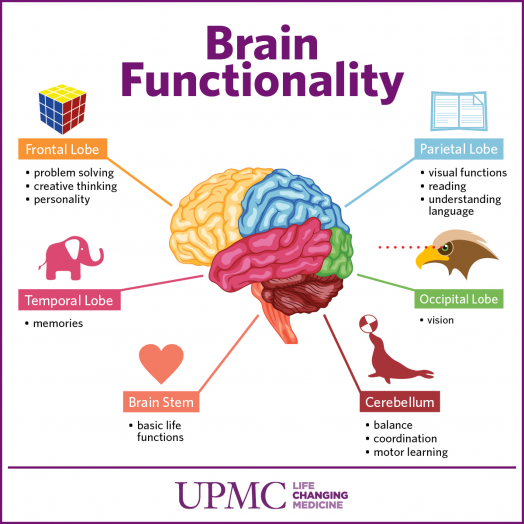
Brain research is complex, but the basic idea is simple: babies learn from birth! The latest discoveries in the field of neuroscience over the past few years are giving us a whole new understanding of how the brain develops. This research has been facilitated by the development of sophisticated brain imaging systems such as PET scans.
The structure of the brain is not determined genetically.
How the brain develops depends on the complex interplay between the genes you were born with and the experience you had. There has been clear evidence that activity, experience, attachment, and stimulation determine brain structure.
Early experience affects the way the brain works.
Incredibly, a baby's brain is largely unformed at birth. Most of its 100 billion neurons are not yet connected in the network. Some neurons are programmed to perform specific functions, such as breathing and heart work, but for most, the tasks have not yet been determined, and they are waiting for experience in the environment to determine their function. Connections are created by sensory experience: seeing, smelling, touching, and especially tasting, which stimulates the growth of neural connections. The formation and consolidation of these connections is the main task of brain development at the initial stage. By the age of 3, a child's brain is twice as active as an adult's - and remains so for the first ten years of life. The child's brain forms twice as many synapses (connections) as the child actually needs. If these synapses are used regularly in a child's daily life, they will become fixed. If they are not used regularly, they will be removed. Thus, experience plays a critical role in shaping the structure of a child's brain. Activity levels drop naturally during adolescence as the brain "removes" unused connections like weeds.
Connections are created by sensory experience: seeing, smelling, touching, and especially tasting, which stimulates the growth of neural connections. The formation and consolidation of these connections is the main task of brain development at the initial stage. By the age of 3, a child's brain is twice as active as an adult's - and remains so for the first ten years of life. The child's brain forms twice as many synapses (connections) as the child actually needs. If these synapses are used regularly in a child's daily life, they will become fixed. If they are not used regularly, they will be removed. Thus, experience plays a critical role in shaping the structure of a child's brain. Activity levels drop naturally during adolescence as the brain "removes" unused connections like weeds.
Brain development is non-linear; there is the best time to acquire different kinds of skills and knowledge.
The human brain has an incredible ability to change, but time is a critical factor.